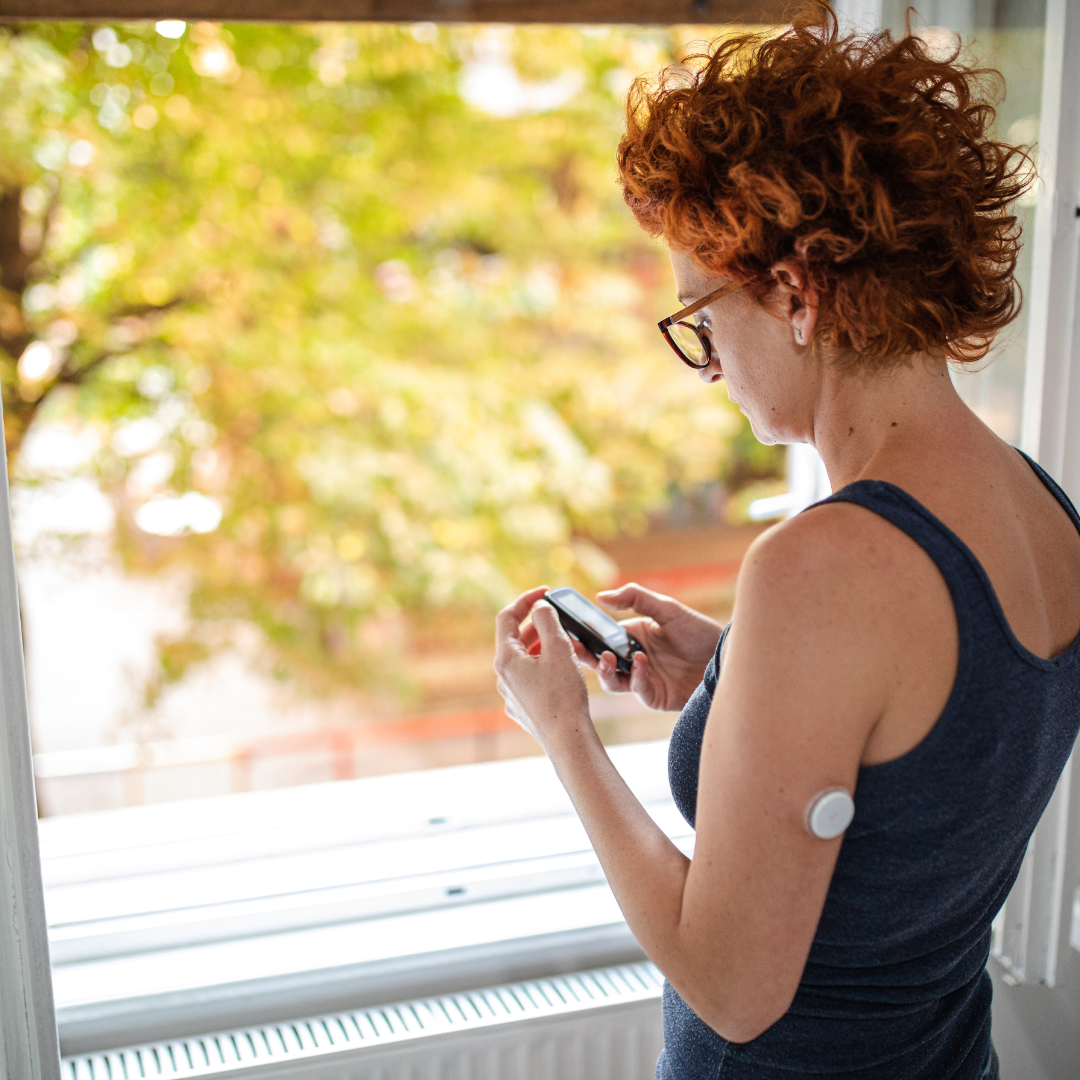Automated Insulin Delivery and Hypoglycemia: How to Treat It Without Overdoing It

Living with diabetes is easier today than ever before, thanks to smart technology like Automated Insulin Delivery (AID) systems. These systems use continuous glucose monitors (CGMs) and insulin pumps to help keep blood sugar levels in a healthy range. But while AID systems are great at preventing high blood sugar, low blood sugar (hypoglycemia) can still be a problem—especially if you overcorrect it.
When you eat too much to fix low blood sugar, it can then rise rapidly, causing your AID system to give you more insulin. This can send your sugar crashing down again, creating a frustrating cycle of highs and lows—just like a roller coaster. So how can you stop this from happening?
Let’s break it down.
What Are AID Systems and How Do They Help?
AID systems, also called “closed loop” systems, automatically adjust insulin levels based on real-time glucose readings. This makes managing diabetes easier by reducing the need to constantly check and adjust insulin doses.
However, even with these smart systems, things like food, exercise, stress, and sensor errors can still cause blood sugar levels to change unexpectedly. That’s why it’s important to know how to handle low blood sugar without making it worse.
Understanding Hypoglycemia (Low Blood Sugar)
Low blood sugar happens when glucose levels drop below 70 mg/dL. This can cause dizziness, shakiness, confusion, sweating, and in severe cases, fainting or unconsciousness
AID systems help prevent this by reducing or stopping insulin when blood sugar starts dropping. But lows can still happen, and when they do, it’s tempting to eat too much sugar to bring levels back up quickly.
The Problem with Overcorrecting Lows
When you have low blood sugar, your first instinct might be to grab a snack—maybe even a big one. But consuming too much sugar can send your glucose levels soaring. This causes your AID system to react by giving you more insulin, which can lead to another low.
This cycle of high and low blood sugar can make it harder to stay in a healthy range and may even make you feel worse throughout the day.
How to Treat Lows Without Overdoing It
To avoid the blood sugar roller coaster, follow these simple tips:
1. Use the Rule of 15 When Not in the AID System
- Eat 15 grams of fast-acting carbs
- Wait 15 minutes, then check your blood sugar.
- If it’s still low, repeat the process.
Once your blood sugar returns to normal, have a balanced snack that includes both carbohydrates (about 15 grams) and a source of protein.
2. Adjust Based on Your Needs if in an AID System
- You may only need 5–10 grams of fast-acting carbohydrates, since your AID system has already reduced insulin to help prevent the low. Adjust based on your individual needs and the severity of the episode.
- Consider factors like recent activity, insulin on board, and whether your blood sugar is still dropping or starting to rise.
3. Avoid Fatty or High-Protein Snacks
- Foods like chocolate or peanut butter slow down sugar absorption, making it harder to get your blood sugar back up quickly. Stick to fast-acting carbs.
4. Trust Your AID System
- If you’re using an AID system, give it time to adjust before reacting to every mild low. Sometimes it will correct itself without needing extra food.
5. Keep a Log
- Write down what works for you. Tracking how your body responds to different treatments can help you avoid overcorrecting in the future.
6. Talk to Your Doctor
- Regular check-ins with your healthcare team can help fine-tune your AID settings to prevent frequent lows.
AID Systems are Here to Help
AID systems have changed the way people manage diabetes, making it easier to keep blood sugar levels steady. But even with these advancements, it’s important to know how to treat lows without overcorrecting.
By following smart strategies – like using the rule of 15, trusting your AID system, and keeping track of your responses – you can stay in better control and avoid the frustrating highs and lows. Diabetes management is all about balance, and with the right approach, you can keep your blood sugar steady and feel your best every day.
Author: Noelia Rivera-González, MS, RD, LDN, CDCES | CCS Health
This site is for educational purposes only. Talk to your doctor or healthcare provider before making any decisions about your health.



